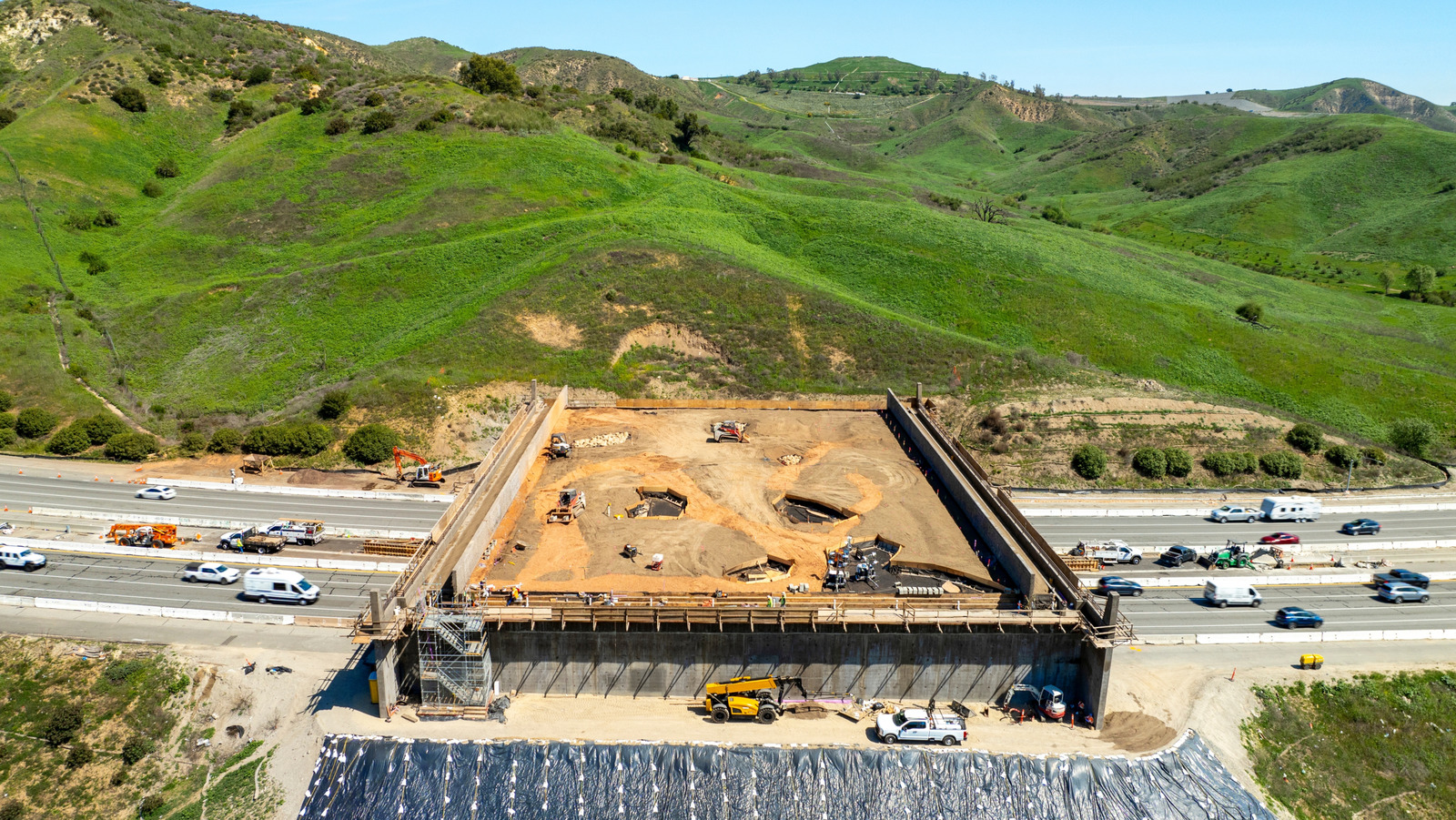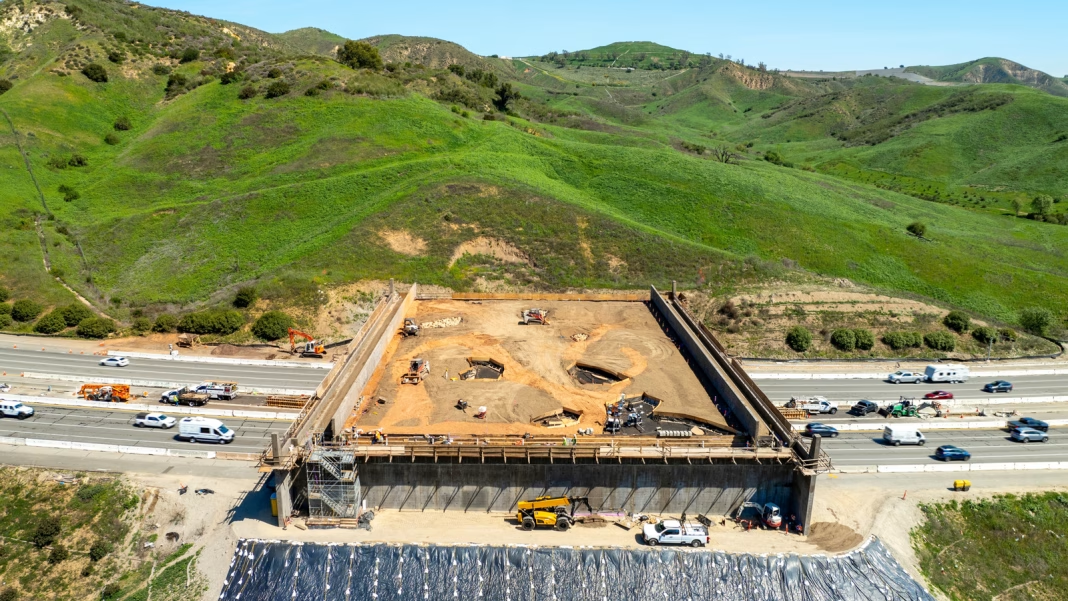Imagine a world where wildlife can safely traverse busy highways, avoiding the dangers of speeding vehicles and ensuring their survival. That vision is becoming a reality with the construction of the world’s largest wildlife crossing, designed to help animals navigate one of the most heavily trafficked roadways, the 101 Freeway in California. This innovative project is set to transform the way we think about coexistence between humans and wildlife.
Why a Wildlife Crossing Matters
Every day, around 300,000 vehicles travel along the 101 Freeway, creating a significant barrier for local wildlife. Animals like deer, coyotes, and even smaller creatures often find themselves in perilous situations as they attempt to cross the road. The consequences can be dire—not just for the animals but also for drivers. Collisions can lead to injuries, fatalities, and costly vehicle damage.
The wildlife crossing aims to mitigate these risks by providing a safe passage over the freeway. Spanning ten lanes, this structure is not just a bridge; it’s a lifeline for countless species. By allowing animals to cross safely, we’re not only protecting them but also enhancing road safety for everyone.
How It Works
The design of the wildlife crossing is both functional and environmentally friendly. It features natural vegetation and terrain that mimic the surrounding landscape, making it inviting for animals. This thoughtful design encourages wildlife to use the crossing rather than risk crossing the road at ground level, where they face the threat of vehicles.
Moreover, the crossing is equipped with fencing that guides animals toward the structure, reducing the likelihood of them wandering onto the highway. This strategic approach combines engineering with ecological principles, showcasing how human innovation can harmonize with nature.
Real-World Impact
The benefits of such crossings extend beyond immediate safety. Studies have shown that wildlife crossings can help maintain genetic diversity within animal populations by allowing them to access different habitats and mates. This is particularly crucial for species that are endangered or at risk of extinction.
For example, in areas where wildlife crossings have been implemented, researchers have observed increased animal movement and a reduction in roadkill incidents. These crossings can also enhance the overall health of ecosystems by allowing animals to migrate freely, which is essential for their survival.
Community Involvement and Support
The success of the wildlife crossing project is a testament to community involvement and support. Local residents, conservationists, and government agencies have rallied together to advocate for this initiative. Their collective efforts highlight the importance of preserving wildlife habitats and ensuring safe passages for animals.
Public awareness campaigns have also played a role in educating drivers about the significance of these crossings. By fostering a culture of respect for wildlife, communities can help reduce accidents and promote coexistence.
Looking Ahead
As the wildlife crossing nears completion, it stands as a beacon of hope for both animals and humans. It’s a reminder that we can find solutions that benefit all living beings. The project not only addresses immediate safety concerns but also sets a precedent for future infrastructure developments across the globe.
The big takeaway? Building a wildlife crossing isn’t just about creating a path; it’s about fostering a deeper connection with nature. It’s a step toward a more harmonious existence, where we can share our spaces with the creatures that inhabit them. So, as we look forward to the opening of this remarkable crossing, let’s remember that every small effort counts in making the world a safer place for all.


